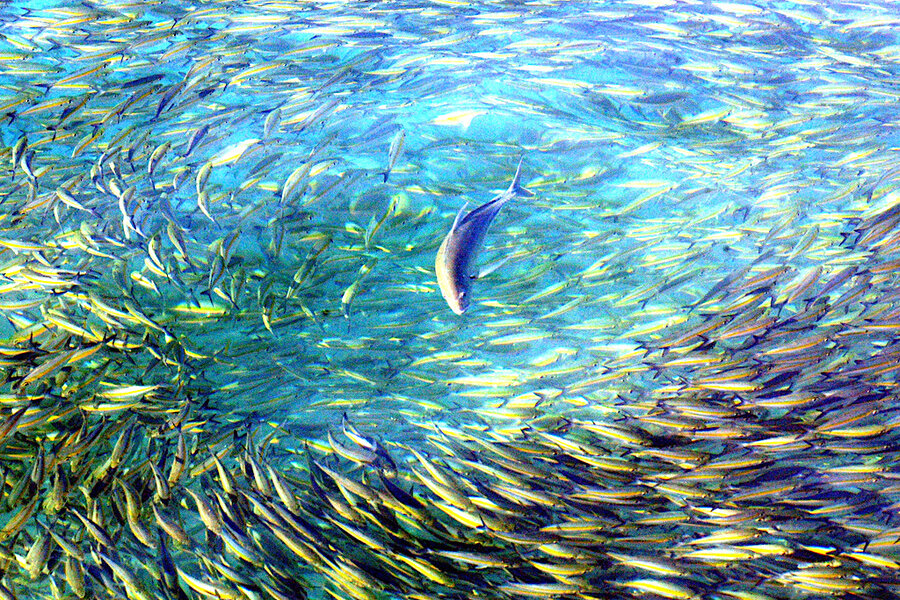
More than half of the Earth’s surface lies beyond the control of any nation, one reason that vast parts of the oceans are called the “high seas.” On ancient maps, such waters were often marked “dragons be there,” or a place for troublemakers and conflict. Last Saturday, 193 countries agreed to be peacemakers of these seas. They reached a deal at the United Nations that, if ratified by 60 nations to become a legally binding treaty, could turn countries into custodians of marine life rather than competitors in exploiting it.
One reason the agreement did not attract much attention is that the world already has a strong record since the 1950s of setting aside state sovereignty to ensure peace, common governance, and sustainability in places where human habitation is well-nigh impossible: the two polar regions, the seabed, near-Earth outer space, and the moon.
Protecting marine life and its biodiversity was a last frontier for humans to appeal to their better angels and declare conflict, destruction, and violence off bounds in stateless areas that might become flashpoints.
The range of sanctuaries from space to seabed reflects a rising recognition of a deeper harmony at work as much as a desire to protect habitats or the safeguarding of resources for future generations. The High Seas Treaty would affirm a norm, common in many bilateral deals between states to share resources, that working together to protect the environment can create peaceful neighbors.
One particular strength of the treaty would be the establishment of marine protected areas in high sea locations of special value. It also calls for environmental impact assessments of resource extraction for deep sea activities.
“Despite everything, peace prevails in these non-national domains,” writes Northeastern University scholar Denise Garcia in International Relations journal. “Cooperation is the main characteristic.”
One cause for this progress is a growing acceptance that each individual – more than powerful leaders or institutions – has the sovereign agency to participate in collective decisions to protect the natural world. “This shift is manifest in the increased legal personality of the individual under international law who has rights and duties and can be liable to wrongdoing,” states Ms. Garcia.
The new agreement, which took some 15 years of negotiations, shows that what binds neighbors can be greater than what divides them. “Protecting nature and people can triumph over geopolitics,” said Laura Meller, an oceans campaigner for Greenpeace.
Peace is not merely the absence of war. It can also entail a broad vision of life’s infinite expressions and intrinsic harmony, from the moon jellyfish to the moon’s surface, as part of a shared commons – not a commons of sad tragedy but of unifying triumph.
